German Gairaigo Mountain Terms
The other night, while watching Let’s Trek Japan on NHK World Japan, which coincided with the unseasonably early snowfall in Karasawa last year, the show mentioned the word “morugenrōto”. If you haven’t heard of it, you’re not alone; it wasn’t a term familiar to me either. Morugenrōto originates from the German word “morgenröte,” refers to the reddish sky in the morning, and is often associated with snow-capped peaks. (In German, morgen means morning, and rot means red). Its counterpart, “abentorōto”, is the same phenomenon but occurs at sunset.
During the episode, the host also stayed at a “hyutte”, or mountain hut, commonly used by climbers. This got me thinking about the surprising number of German and French loanwords that have found their way into Japanese mountaineering lore.
The origin of specific mountaineering terms in Japanese isn’t always apparent, but many can be traced back to the strong intellectual and cultural ties between Japan and Germany during the late Meiji to early Taisho periods. These historical exchanges spanned various fields, including the military. For instance, the word hyutte was introduced in 1910 by Theodor Edler von Lerch of the Austro-Hungarian Army when he introduced skiing to Japan and later earned the moniker of “father of skiing” in Japan. Many of the German words introduced during that time are still used today in mountaineering and skiing terminology, such as gerende, which means ski run.
Below, I’ve compiled a list of twenty words that you’ll likely encounter out on the hustings. I’ve mostly focused on Japanese terms that convey unique meanings. I’ve omitted examples like carabiner, abseil, and bivouac, which have similar usage in English. Additionally, I’ve steered clear of geographical names like the dome-shaped Gendarme (gens d’armes in French), meaning guard, found in the Northern Alps, and other grandiose-sounding names, such as the cable car previously known as the Piratasu Ropeway in Yatsugatake.
Ābentorōto “Evening glow”
アーベントロート Etymology: [German] Abendrot
A phenomenon in which the sunset reflects off the mountain surface, making it appear red. Although it can be seen throughout the year, it’s often a more vivid red colour during the fall and winter months.
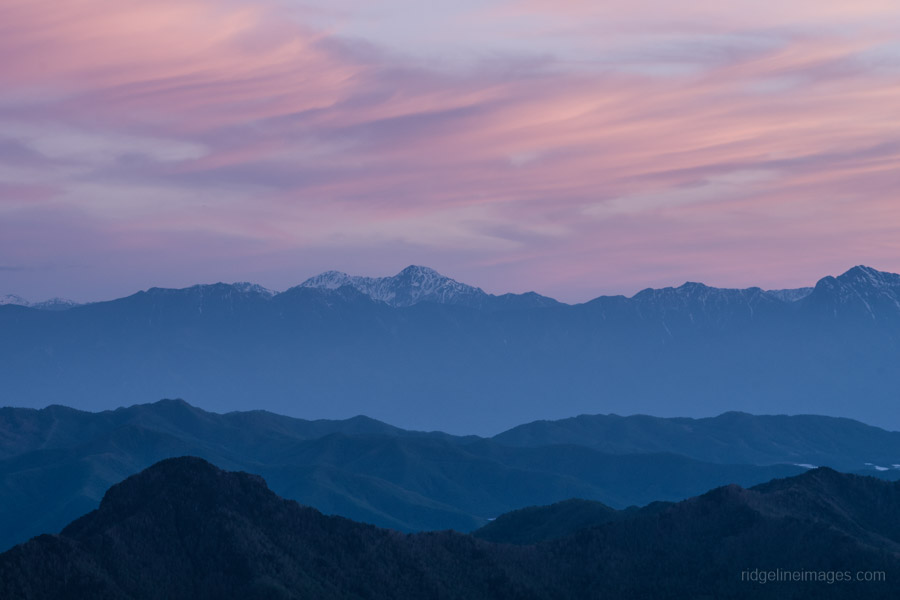
Aizen “Crampons”
アイゼン Etymology: [German] Steigeisen
The Japanese is derived from the German word steigeisen. It comes from “climb” (steigen) and “iron” (eisen). In English, they are known as crampons, from Old French crampoun.
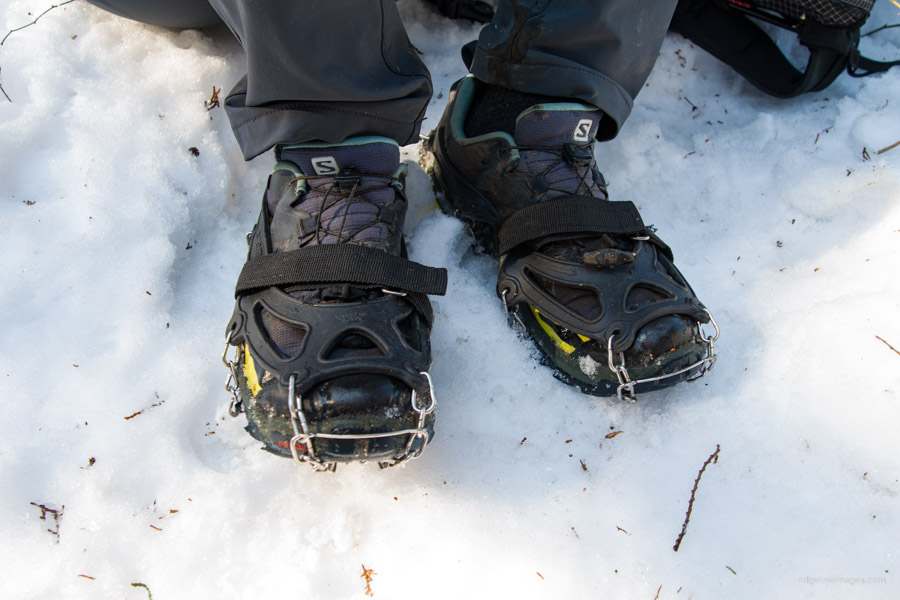
Anzairen “Roping up”
アンザイレン Etymology: [German] Anseilen
Where climbers rope themselves together. This safety measure ensures that climbers are connected and can assist each other during challenging climbs. In English, this concept is commonly referred to as roping up.
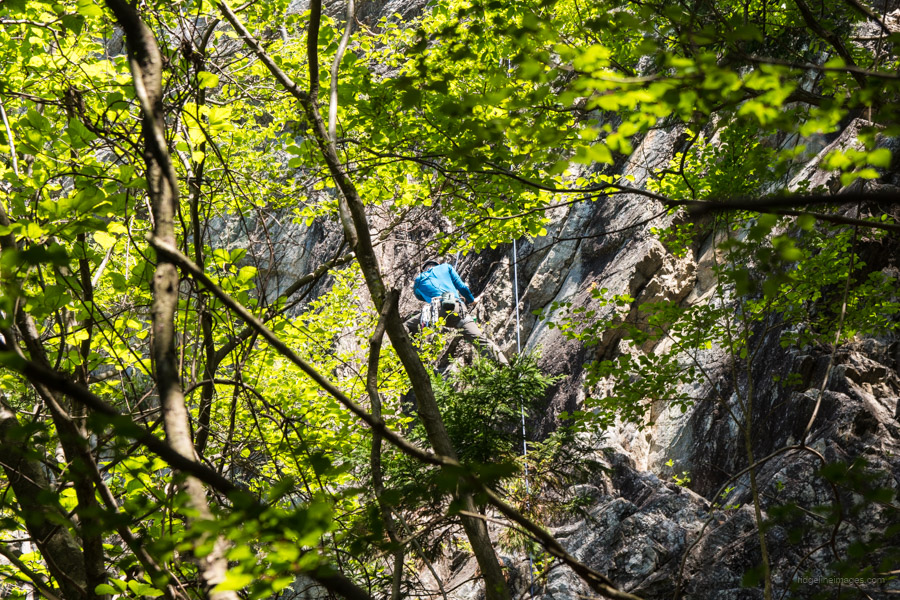
Hāken “Rock climbing peg”
ハーケン Etymology: [German] Haken
“Haken”, the German term, corresponds to what is known in English as a piton (derived from French). A piton is a metal spike that climbers drive into cracks or seams on the climbing surface. Pitons serve as anchors, providing protection against falls or aiding progress in big wall climbing.
Hyutte “Mountain hut”
ヒュッテ Etymology: [German] Hütte
Why call it a hut when you can call it a “hyutte”? The term is derived from the German word “hütte”. In a broader sense, it encompasses various types of huts, including those nestled high in the mountains and plateaus.
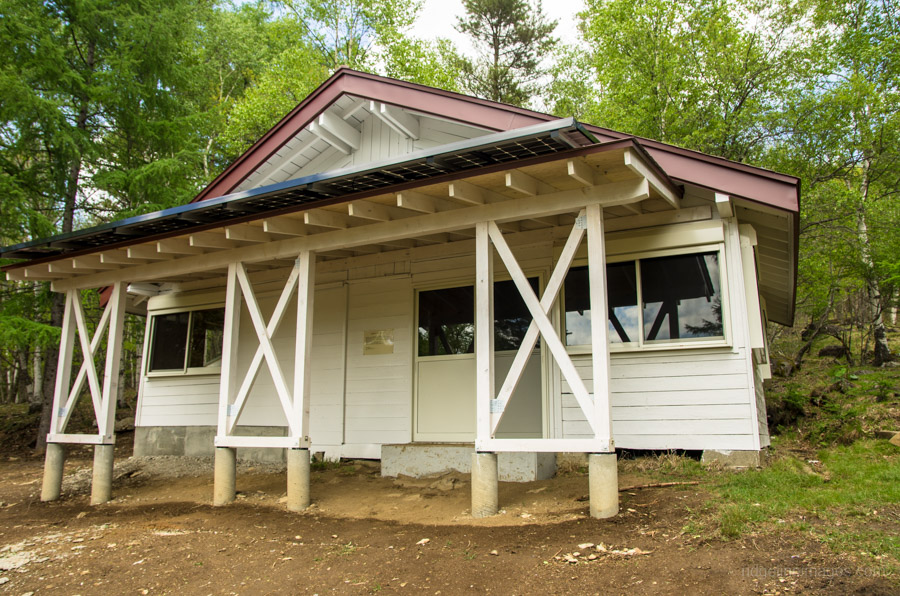
Kāru “Glacial cirque”
カール Etymology: [German] Kar
Known in English as a “cirque”, it is a distinctive amphitheatre-like depression at the head of a valley, formed by glacial erosion.
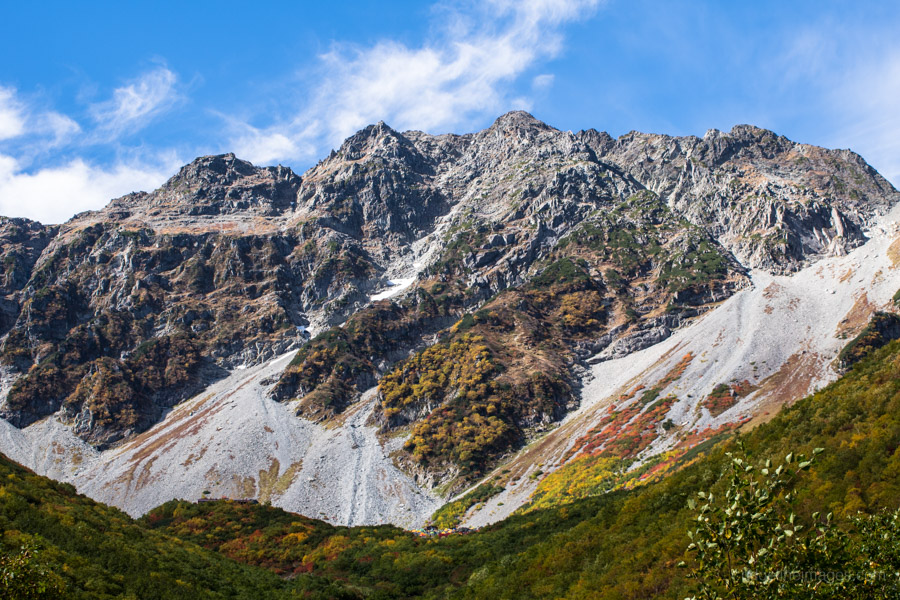
Kohheru “Camping cookware”
コッヘル Etymology: [German] Kocher / Kochel
A lightweight climbing pot made of aluminium, stainless steel, or titanium. The handles can be folded up, and pots of different sizes can be stacked on top of each other, making it possible to carry multiple pots compactly.
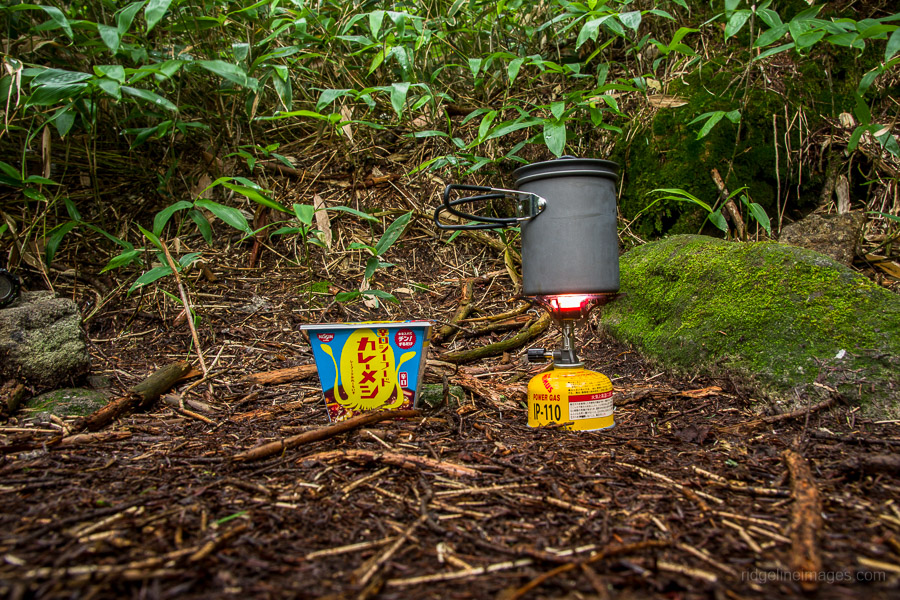
Morugenrōto “Morning glow”
モルゲンロート Etymology: [German] Morgenröte
The counterpart to Ābentorōto where the mountain surface is tinted red by the sun’s rays around dawn. Its colour appears bright red with pink undertones.
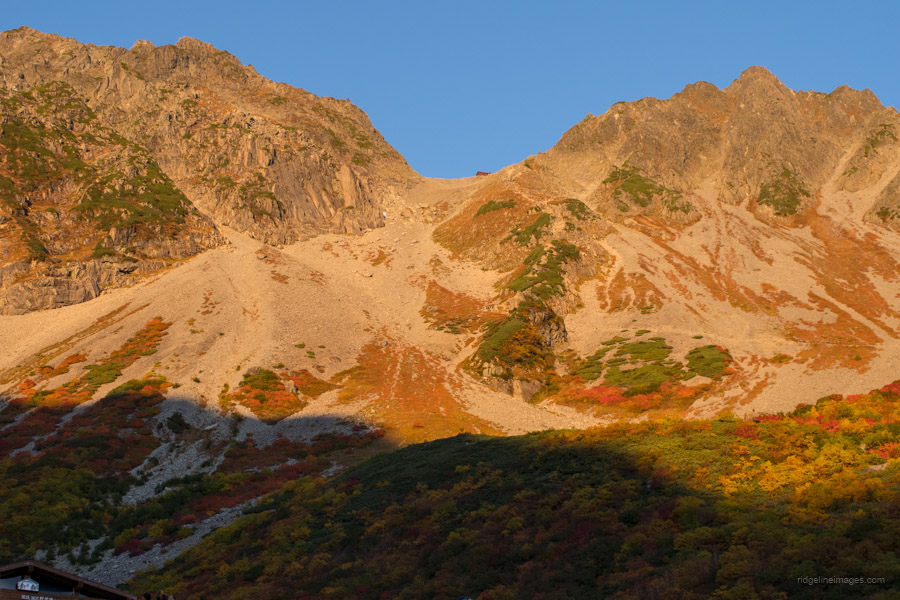
Pikkeru “Ice axe”
ピッケル Etymology: [German] Eispickel
A mountaineering axe or ice axe used for climbing snowy mountains.
Runze “Cracks in rock ridges”
ルンゼ Etymology: [German] Runse
Vertical grooves and cracks carved by the flow of water or snow in steep rock ridges are referred to as “gullies”. They are also places where point avalanches are likely to occur during the snowy season.
Shurafu “Sleeping bag”
シュラフ Etymology: [German] Schlafsack
A sleeping bag, also known more casually as a nebukuro.
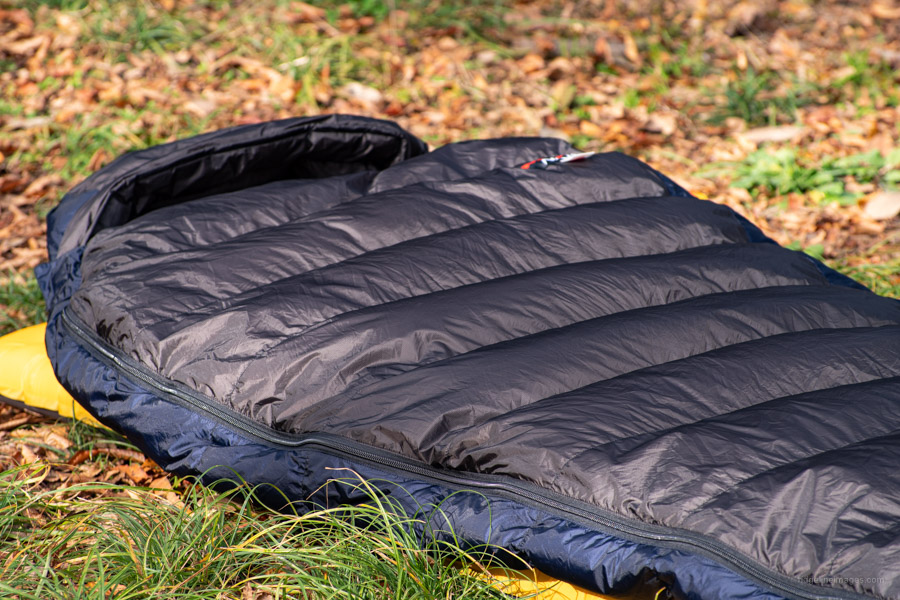
Shurunto “Crevasse”
シュルント Etymology: [German] Schrund
A deep crack formed in a glacier or snowy valley is called a “crevasse” in French and English. In Japanese, it is sometimes used as an abbreviation for “bergschrund”.
Aisubān “Icy surface”
アイスバーン Etymology: [German] Eisbahn
Frozen areas that appear on mountain slopes and mountain trails during the winter are commonly known as “icy patches” or “frozen patches”. They form when the snow surface melts due to sunlight and refreezes due to the influx of cold air and radiation cooling at dawn. This term can also refer to frozen roads.
Sutokku “Trekking poles”
ストック Etymology: [German] Stock
The term “sutokku” is borrowed from the German word “stock”. Ones with an I-shaped grip are referred to as sutokku while those with a T-shaped grip are known as canes.
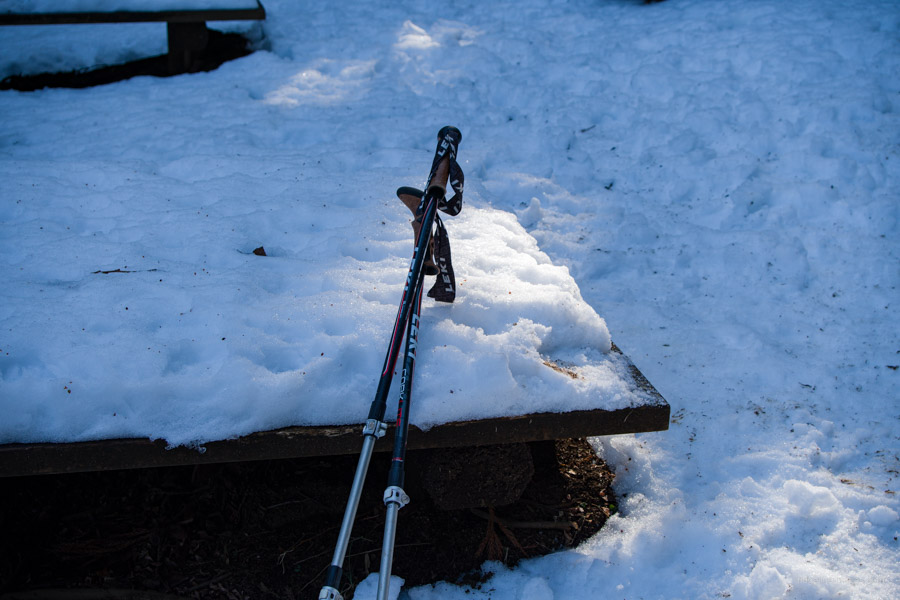
Tsueruto “Bivy tent”
ツェルト Etymology: [German] Zeltsack
A zelt is a small and lightweight tent used during a bivouac and referred to in English as a “bivy tent” or “bivouac shelter”.
Wandāfōgeru “Hiking club”
ワンダーフォーゲル Etymology: [German] Wondervogel
Sometimes abbreviated as “wangel”, a movement that started in Germany in the early 20th century to promote outdoor activities at schools and universities.
Yakke “Hooded style jacket”
ヤッケ Etymology: [German] Jacke
A climbing jacket.
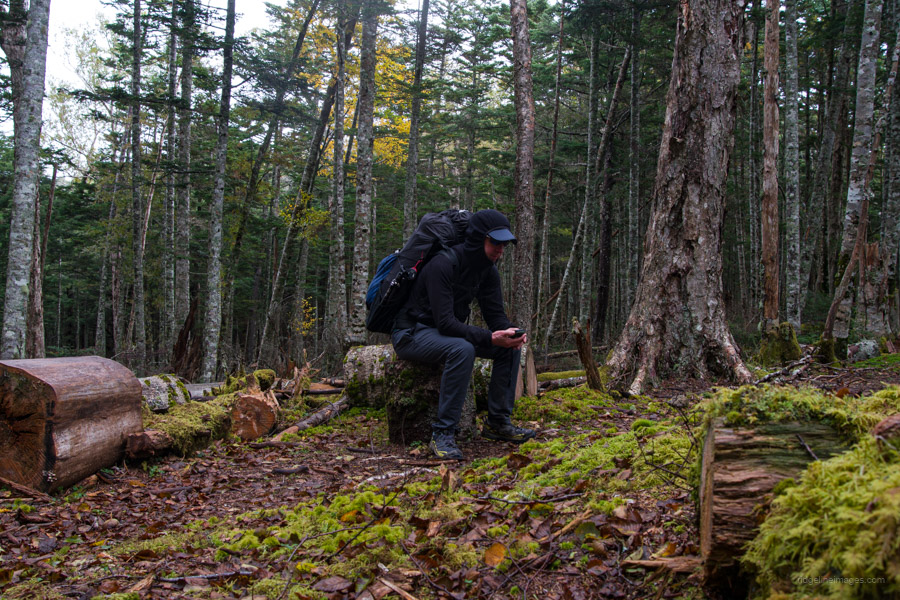
Zairu “Climbing rope”
ザイル Etymology: [German] Seil
A rope used for climbing. It typically has a thickness of 8.5 to 10.2 mm and ranges in length from 30 to 80 metres.
Zaitengurāto “Steep rock ridge”
ザイテングラート Etymology: [German] Seitengrad
A ridge on the side of a rock wall.
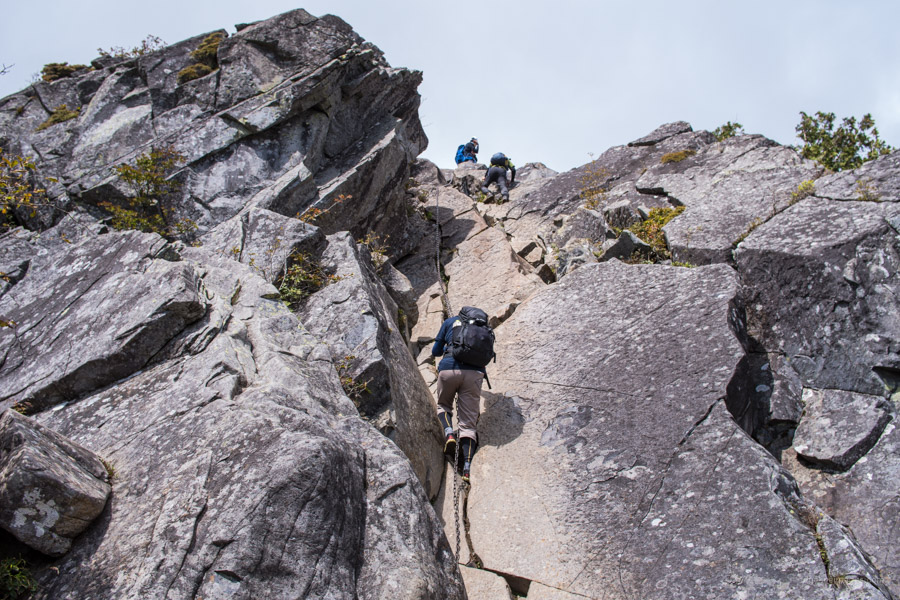
Zakku “Backpack”
ザック Etymology: [German] Rucksack
A bag for carrying your gear is sometimes referred to as a zakku in Japanese. It is a contraction of the German word “rucksack”.
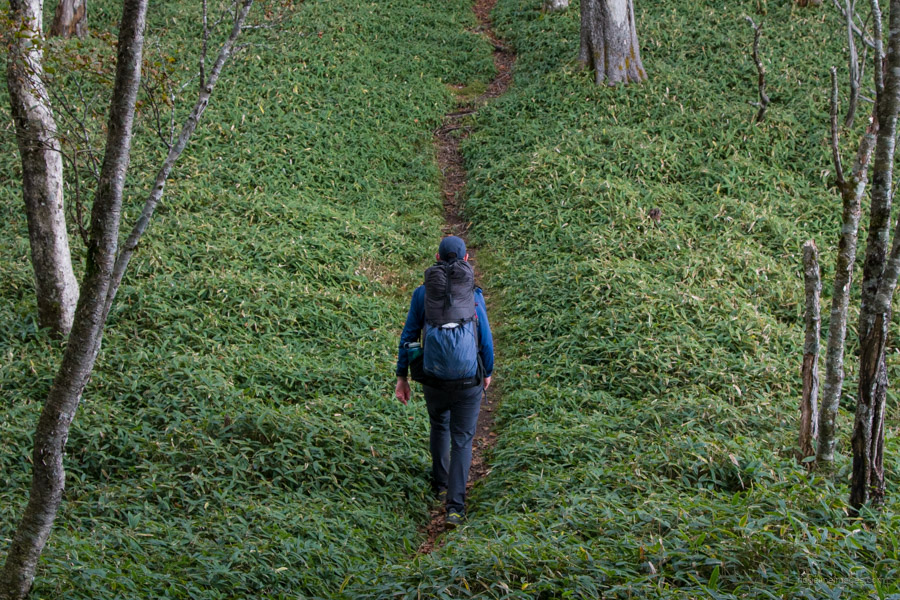
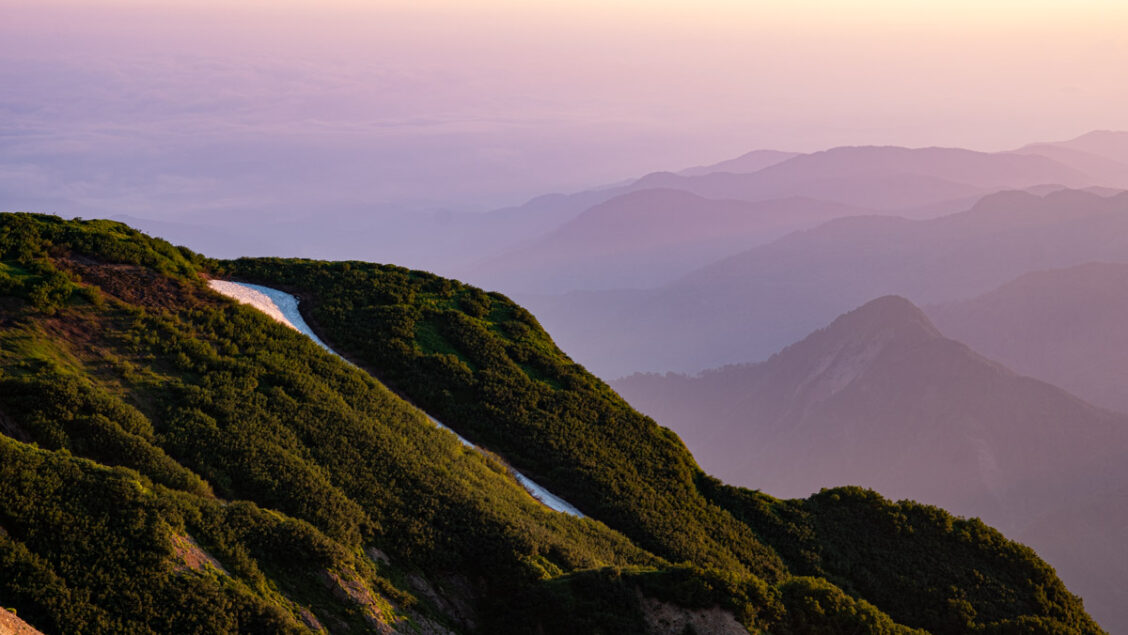

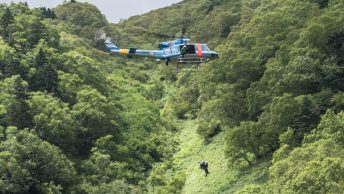
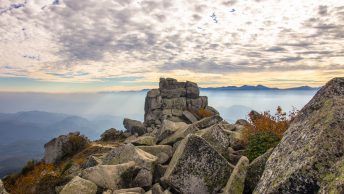
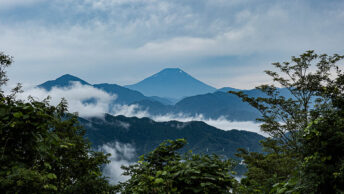

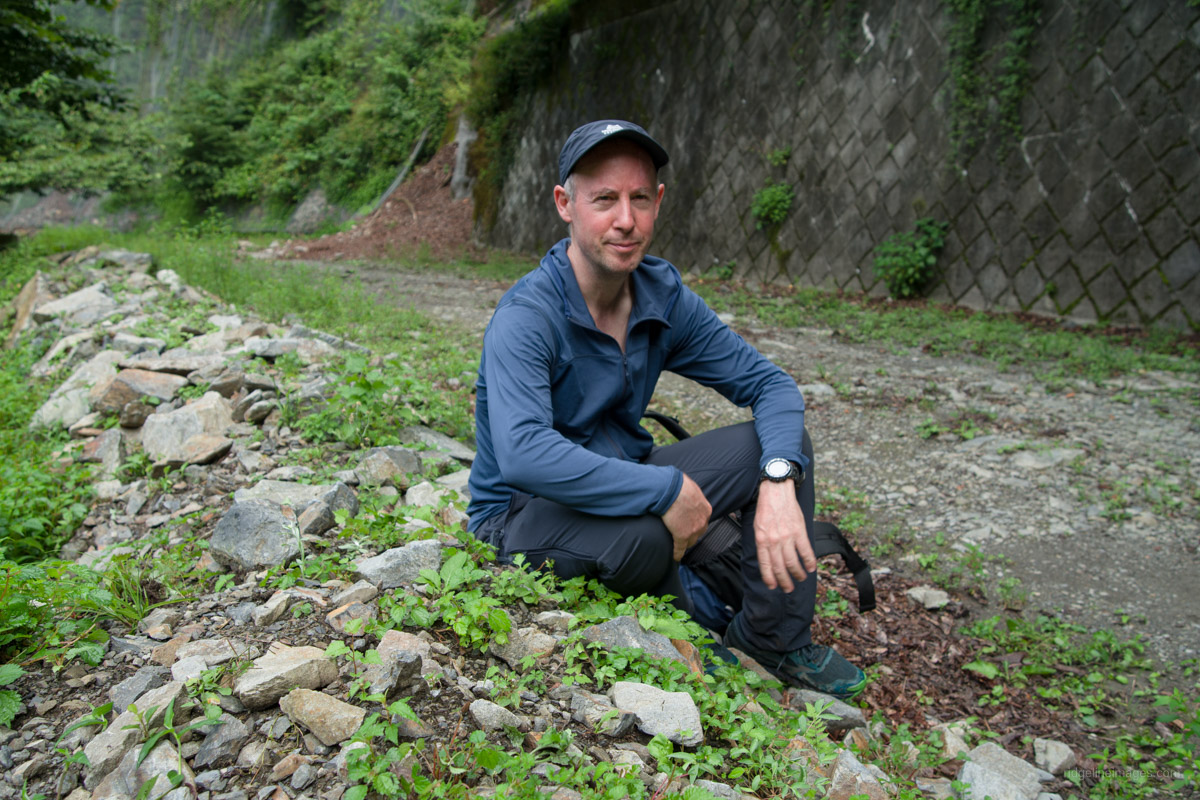
Many thanks for this excellent and informative post. As you say, many of these terms must have flowed into Japanese during the Taisho and early Showa years, when German scholarship and mountaineering (in the Himalaya as well as the Alps) enjoyed enormous prestige. There are some interesting exceptions, though – the Japanese term for wading through deep snow is “rasseru suru”, which apparently harks back to the Russell Car & Snow Plow Company, active around the turn of the twentieth century in the USA. Maybe they exported some of their products to Japan … ?
Thanks for reading, PH. I had never heard about ラッセルする, so it was interesting to learn about the connection to the Russell Car & Snow Plow Company. From what I could gather from the internet, the company was founded in 1889 by inventor J.H. Russell and went under in the early 1950s. Although perhaps a little surprising, unlike the stapler ‘hochikisu’, the snow plow didn’t end up being called a ‘Russell’ but rather a Josetsu-sha. Also, the production of Japan’s first Russell-type snow plow, the Ki-100, began in 1928 and was used for over 50 years. So perhaps the word came into usage during the late Taisho or early Showa periods.